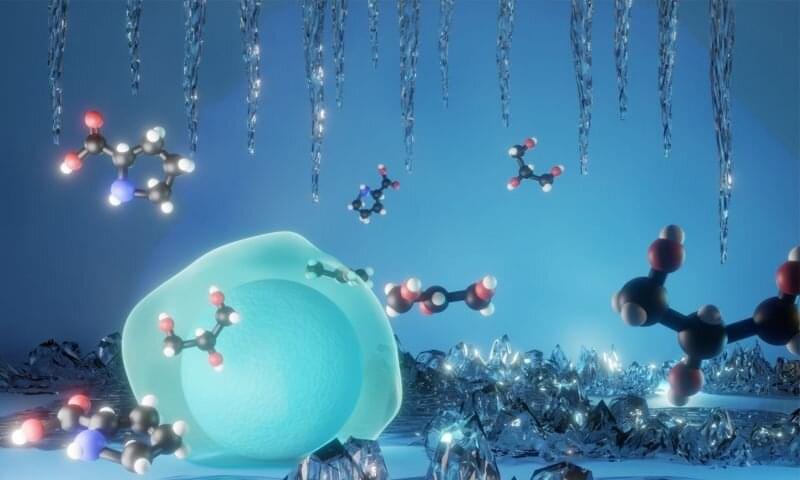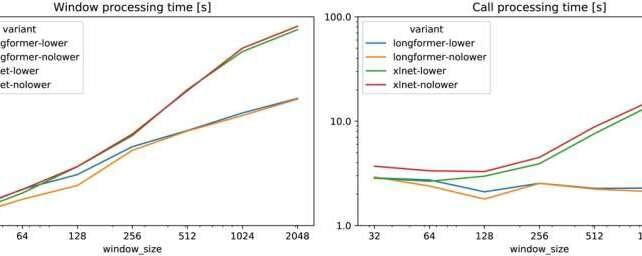Australian scientists have taken the first step towards improved storage of human cells, which may lead to the safe storage of organs such as hearts and lungs.
The team’s discovery of new cryoprotective agents opens the door to many more being developed that could one day help to eliminate the need for organ transplant waiting lists. Their results are published in the Journal of Materials Chemistry B.
Cryopreservation is a process of cooling biological specimens down to very low temperatures so they can be stored for a long time. Storing cells through cryopreservation has had big benefits for the world—including boosting supplies at blood banks and assisting reproduction—but it is currently impossible to store organs and simple tissues.









